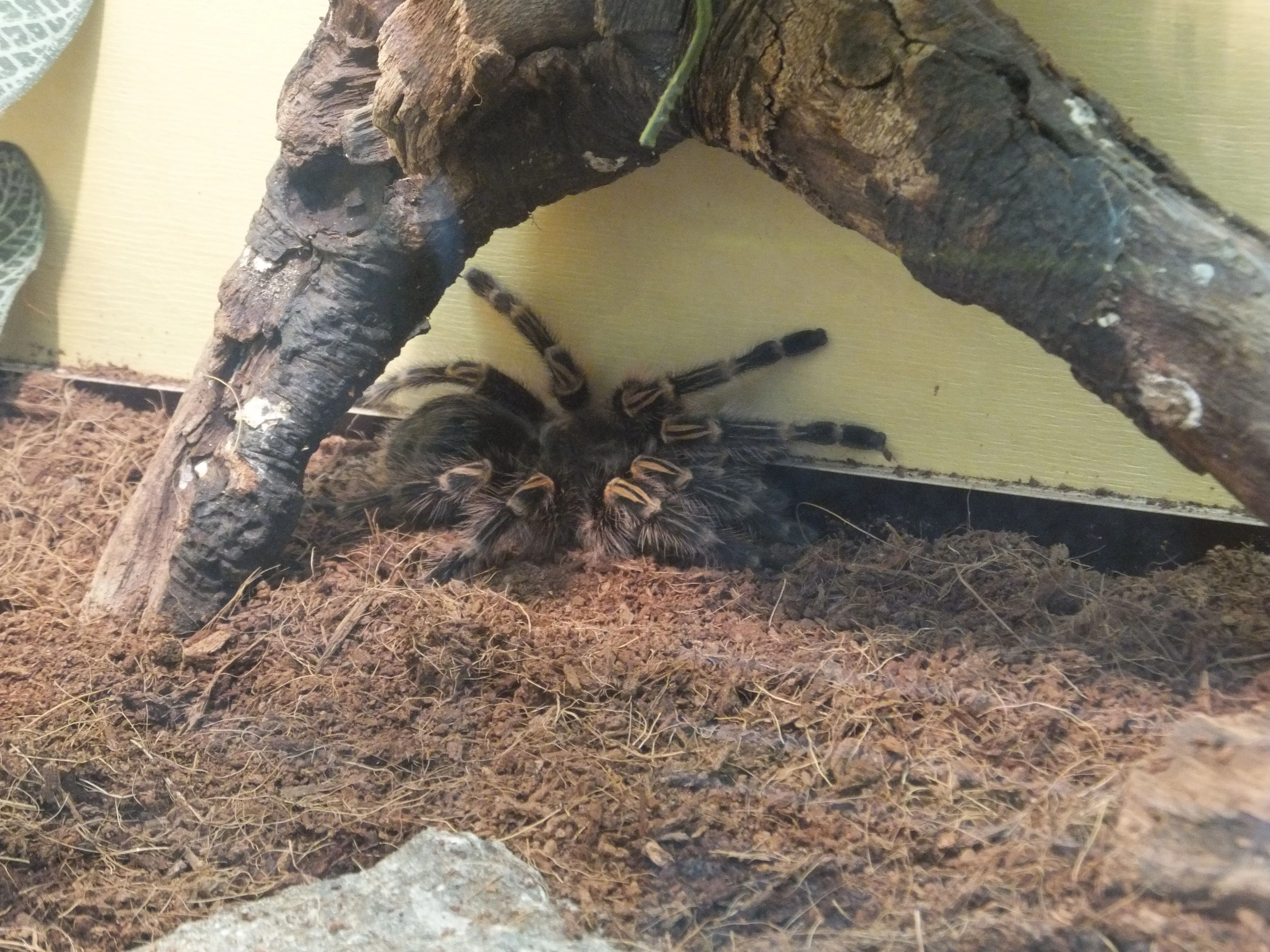Understanding Tarantula Basics
Welcoming a tarantula into your home can be an exciting experience! These fascinating creatures, often misunderstood, make for surprisingly rewarding pets. This guide, Tarantula Care 101, provides a comprehensive overview of caring for these eight-legged friends, from setting up their habitat to understanding their needs. With proper care and a little knowledge, you can ensure your tarantula lives a long, happy, and healthy life. This guide aims to dispel common myths and provide you with the necessary information to become a responsible and informed tarantula owner.
What is a Tarantula
Tarantulas are large, hairy spiders belonging to the Theraphosidae family. They are known for their impressive size, with some species capable of reaching a leg span of over 10 inches. Tarantulas are not insects, but arachnids, meaning they have eight legs, two body sections (cephalothorax and abdomen), and no antennae. They are native to various parts of the world, including North and South America, Africa, Asia, and Australia, and they inhabit diverse environments, from tropical rainforests to deserts. Their lifespan can vary significantly, with females often living for 20 years or more, while males typically have a shorter lifespan of 5-10 years. The tarantula’s appeal lies in its unique appearance and relatively low-maintenance care requirements, making it an attractive pet for many.
Different Types of Tarantulas
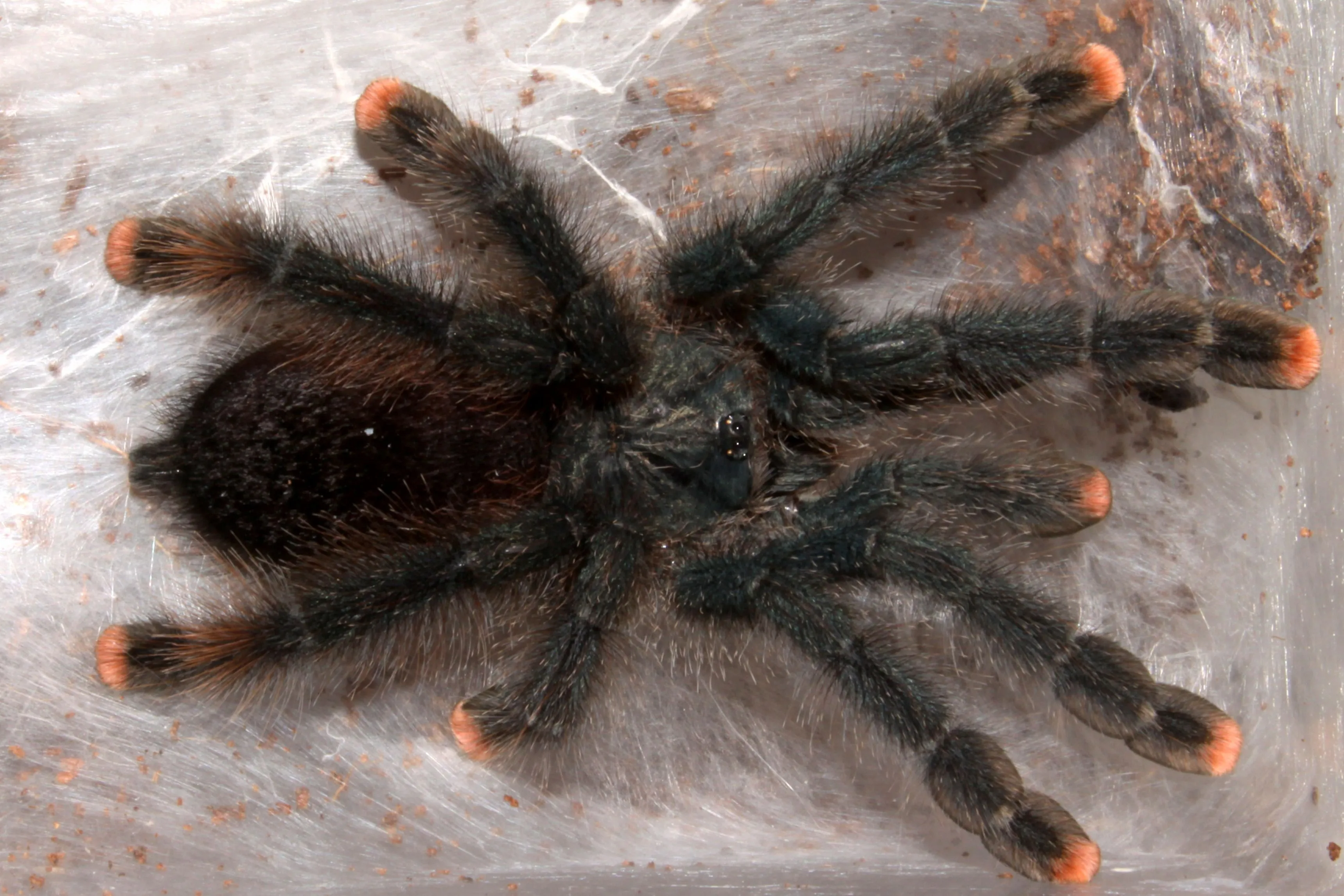
The world of tarantulas is incredibly diverse, with hundreds of different species, each possessing unique characteristics. Some popular species for beginners include the Mexican Red Knee (Brachypelma hamorii), known for its docile temperament and striking coloration. The Chilean Rose Hair (Grammostola rosea) is another favorite, prized for its gentle nature and affordability. Other species, such as the Cobalt Blue (Cyaneopubescens), offer vibrant colors but may require more experienced handling. Researching different species is vital, as their needs, temperaments, and care requirements can vary. Before you bring a tarantula home, always make sure you understand the specific needs of the species you’re choosing, ensuring a harmonious relationship between you and your pet.
Choosing the Right Tarantula Species
Selecting the right tarantula species is a crucial first step. Beginners should opt for species known for their docile temperaments and ease of care. Consider the following factors when making your selection: temperament, size, venom potency, and care requirements. Species like the Mexican Red Knee and Chilean Rose Hair are generally recommended for their gentle nature and relatively low maintenance. It’s important to research the specific species you’re considering, understanding their potential size, dietary needs, and ideal habitat. Read reviews from other tarantula keepers and consult with experienced breeders to gather insights into the species’ behavior and suitability for your level of experience. Avoid species that are known to be aggressive or require advanced care unless you are prepared to dedicate the necessary time and resources to their well-being.
Setting Up Your Tarantula’s Habitat
Creating a suitable habitat is essential for your tarantula’s health and happiness. A well-designed enclosure mimics the spider’s natural environment, providing comfort, security, and opportunities for essential behaviors such as burrowing, hiding, and hunting. The following sections will guide you through the necessary components of a tarantula habitat, ensuring it meets your pet’s specific needs. Proper habitat setup contributes to a stress-free environment, which in turn promotes a long and fulfilling life for your tarantula. Remember that a well-prepared habitat also makes it easier to observe your tarantula and to clean the enclosure.
Choosing the Right Enclosure
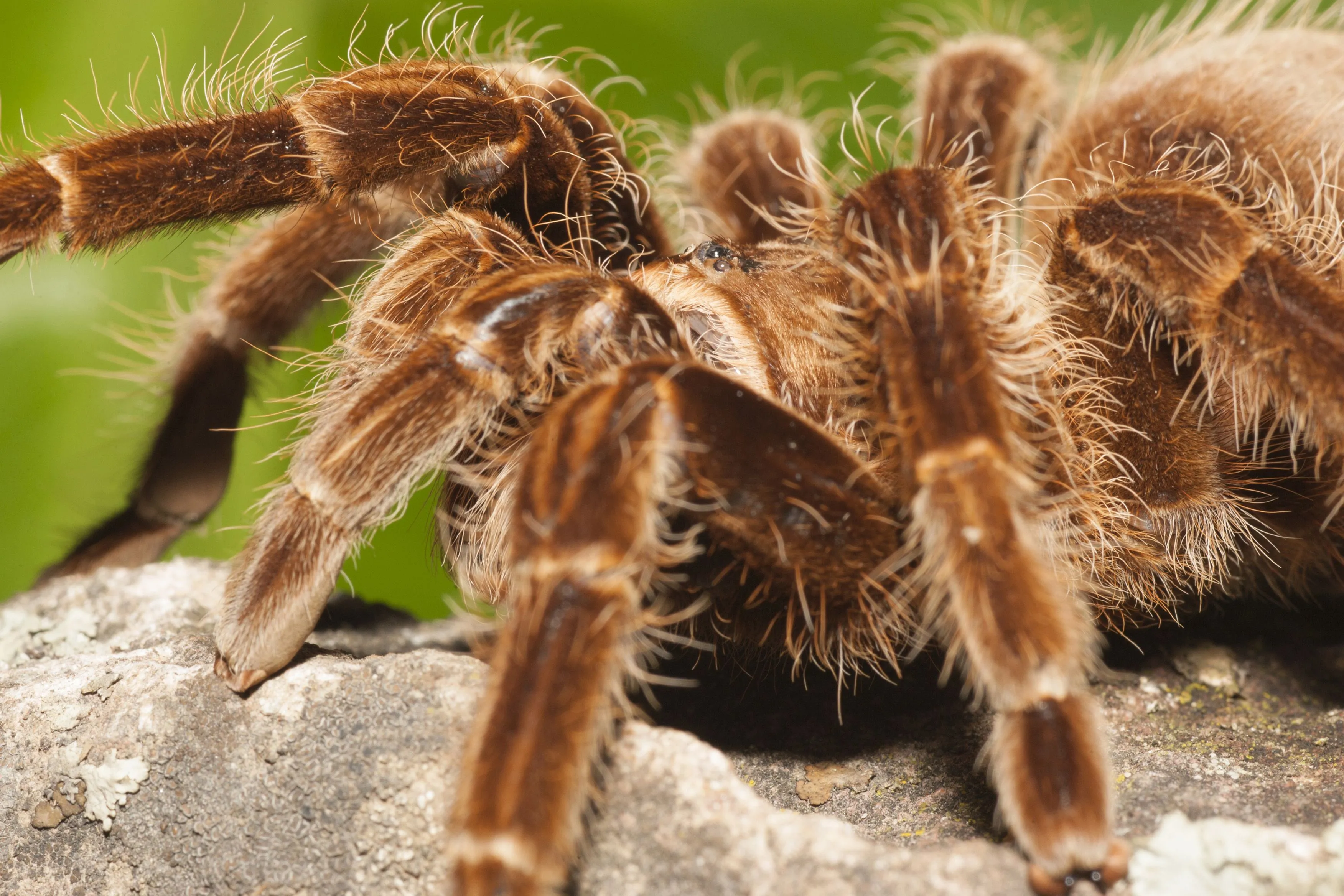
The size and type of enclosure are critical considerations. For terrestrial species (those that live on the ground), a terrarium with a floor area at least three times the tarantula’s leg span is recommended. Arboreal species (those that live in trees) require taller enclosures to accommodate their climbing habits. Glass or acrylic enclosures are popular choices because they provide excellent visibility and are easy to clean. Ensure the enclosure has a secure lid to prevent escapes. Ventilation is also very important, so the enclosure needs proper airflow. Consider the tarantula’s adult size when selecting an enclosure. Upgrading as your tarantula grows is easier than starting with too small an enclosure.
Substrate and Decor
The substrate is the bedding material at the bottom of the enclosure. It serves several functions including absorbing waste, providing a surface for burrowing and hiding, and maintaining humidity levels. Suitable substrates include a mixture of peat moss, coconut fiber, vermiculite, or potting soil. The depth of the substrate should be sufficient for the tarantula to burrow, generally two to six inches deep. Decorate the enclosure with hides such as cork bark, artificial plants, or hollow logs, offering your tarantula places to retreat and feel secure. Providing climbing branches for arboreal species will enhance their environment. The key is to create a naturalistic and stimulating environment that caters to the tarantula’s instincts and preferences. Remember to avoid sharp decorations which can be dangerous for the tarantula.
Temperature and Humidity
Maintaining the appropriate temperature and humidity levels is crucial for your tarantula’s health. Most tarantula species thrive in temperatures between 75-85°F (24-29°C). Use a thermometer to monitor the temperature within the enclosure. Heating pads placed on the side of the enclosure or above can help maintain optimal temperatures. Humidity levels vary depending on the species. Tropical species require higher humidity (70-80%), while arid species prefer lower humidity (50-60%). Use a hygrometer to monitor the humidity level. Increase humidity by misting the enclosure with water, providing a water dish, or adding a moist area of substrate. Proper temperature and humidity are crucial to facilitate healthy molting and to prevent dehydration.
Feeding Your Tarantula
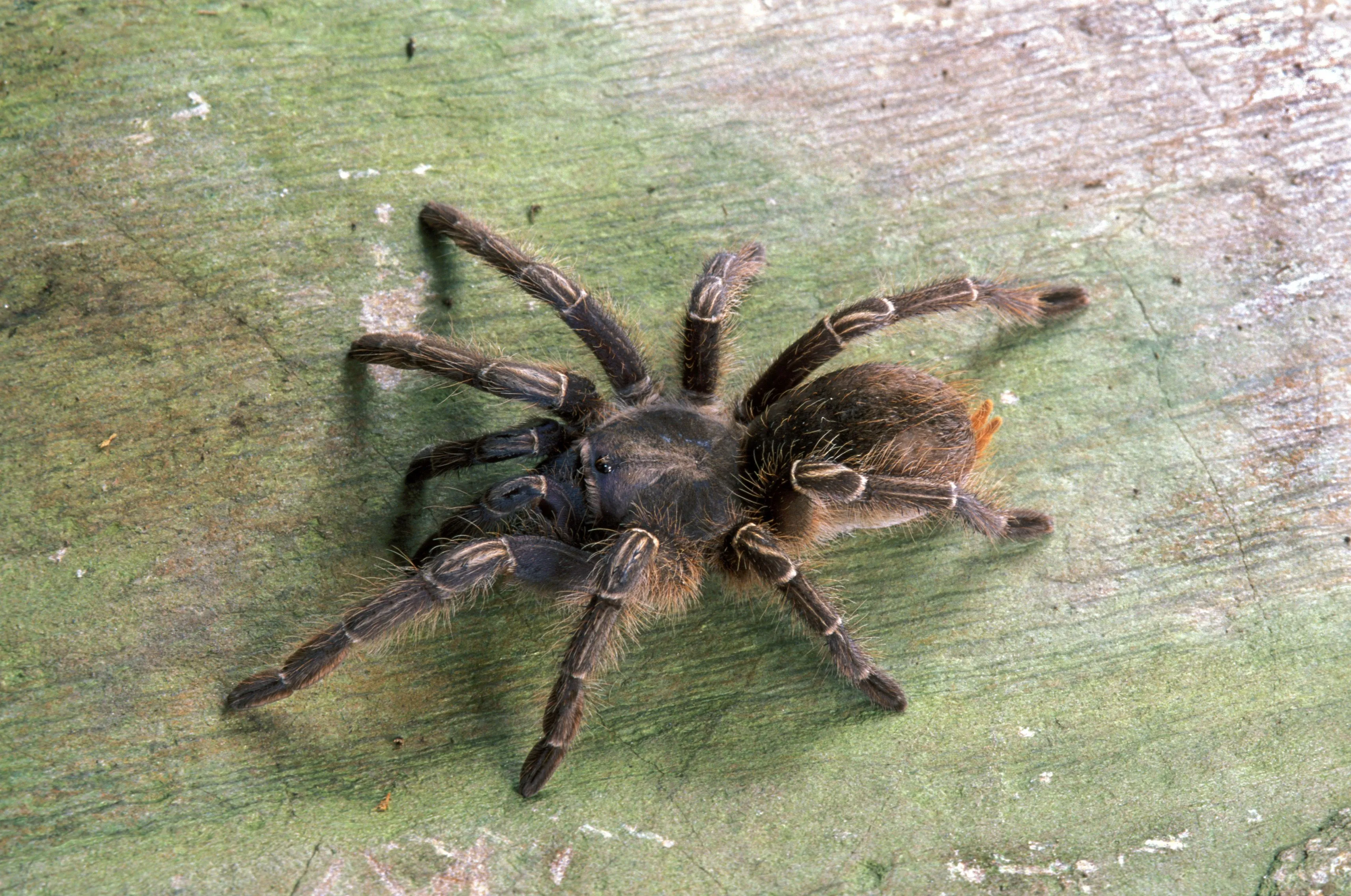
Feeding your tarantula is a fundamental aspect of its care. Understanding the appropriate diet, feeding frequency, and hydration needs will contribute significantly to the spider’s health and longevity. The following sections detail best practices for providing your tarantula with a nutritious diet and ensuring it has access to fresh water. A well-fed tarantula is typically a healthy tarantula. By adhering to proper feeding protocols, you contribute to the well-being of your pet.
What to Feed Tarantulas
Tarantulas are primarily insectivores, meaning their diet consists mainly of insects. Suitable food items include crickets, mealworms, dubia roaches, and other commercially available feeder insects. The size of the prey should be appropriate for the size of your tarantula; the prey should generally be no larger than the tarantula’s body. It is essential to provide insects that are gut-loaded with nutritious food before feeding them to your tarantula, thereby ensuring the tarantula receives vital vitamins and minerals. The gut-loading process involves feeding insects a nutrient-rich diet for at least 24 hours before offering them to your tarantula. Never feed your tarantula insects that have been exposed to pesticides or other chemicals.
Feeding Frequency
Feeding frequency depends on the tarantula’s age, size, and species. Spiderlings (young tarantulas) often require feeding two to three times a week. Sub-adults can be fed once a week. Adults generally need to eat every one to two weeks. Always remove uneaten prey within 24 hours, as they can stress the tarantula or even injure it during a molt. Be mindful of the tarantula’s appetite; a refusal to eat may indicate an upcoming molt. During molting, tarantulas will typically not eat, and it’s best not to disturb them. Observing the tarantula’s behavior and adjusting the feeding schedule accordingly is vital to provide proper care.
Water and Hydration
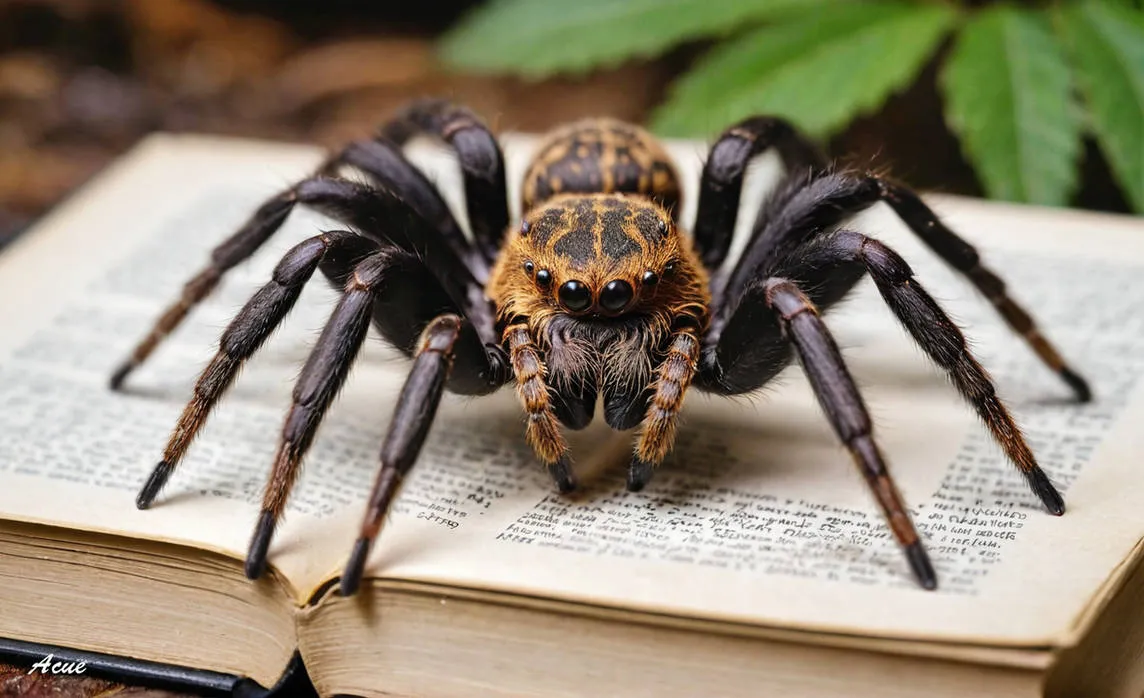
Providing fresh water is essential for your tarantula’s hydration. Provide a shallow water dish that is appropriate for the size of the tarantula. Use a small, easily accessible dish to prevent the tarantula from drowning. The water should be replaced frequently to prevent bacteria growth. Mist the enclosure with water, especially for tropical species, to maintain proper humidity levels. Ensure there is no standing water within the enclosure, except in the water dish. Dehydration can be a serious problem for tarantulas, so regularly providing clean water is key. A well-hydrated tarantula will exhibit vibrant colors and a healthy, active demeanor. Regularly monitor the water and humidity levels to ensure the spider is thriving.
Handling and Interaction
While tarantulas aren’t typically cuddly pets, understanding how to interact with your tarantula, when appropriate, is important. Proper handling techniques, when necessary, can help you provide the care that your pet requires. Understanding the risks, and being prepared, will contribute to safety for you and your pet. Remember that not all tarantulas enjoy being handled, and forced interaction may cause stress.
When to Handle
Many tarantula species are not meant to be handled frequently. Handling should be kept to a minimum and only done when necessary, such as during enclosure maintenance or health checks. Some tarantula species are more docile than others. Avoid handling your tarantula during or immediately after a molt, as their exoskeletons are soft and vulnerable. Avoid handling if the tarantula appears agitated or displays defensive behaviors such as raising its front legs or flicking hairs. It is generally better to avoid handling your tarantula unless absolutely necessary to avoid causing stress or injury.
How to Handle
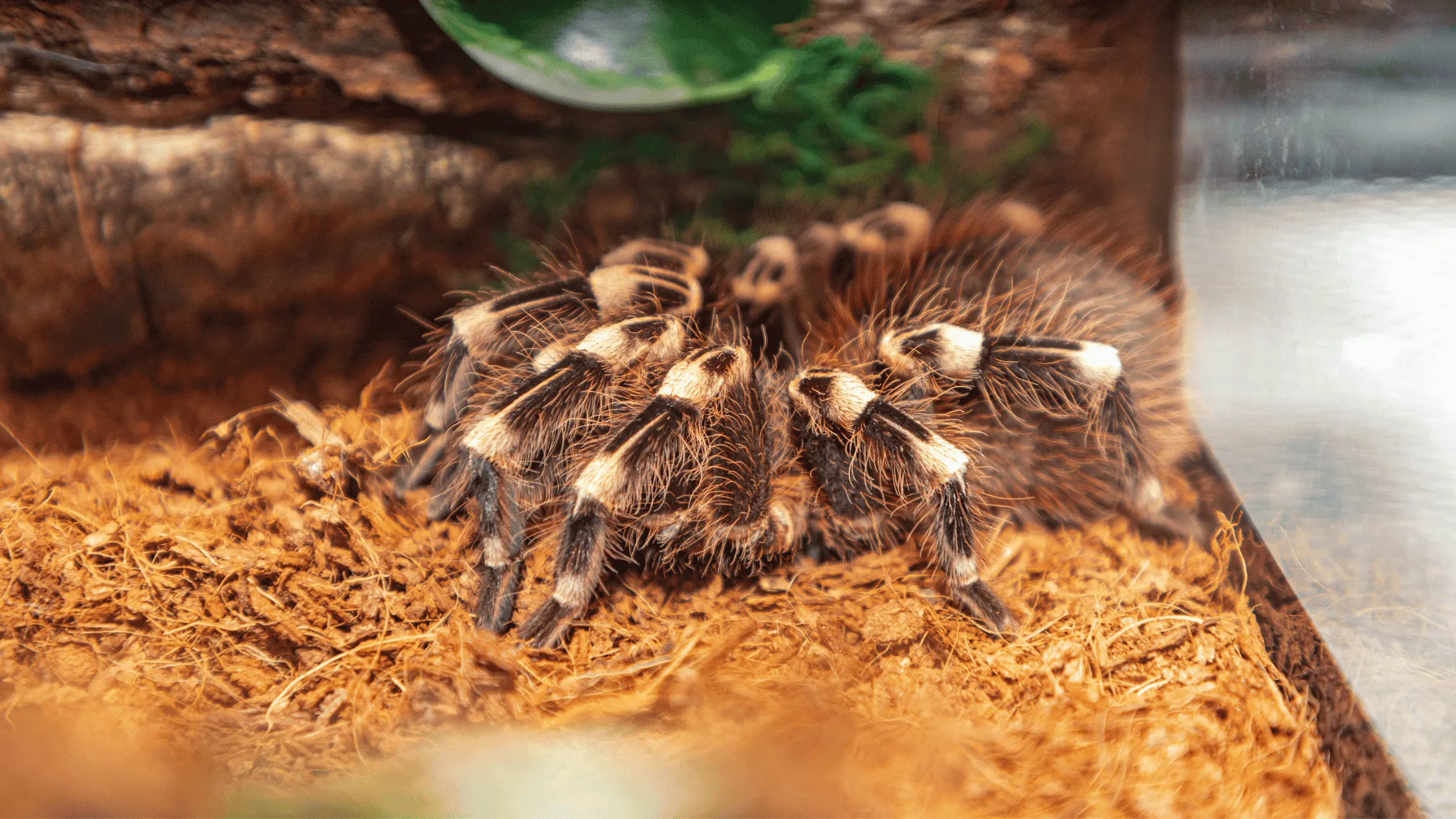
If you must handle your tarantula, do so with extreme caution and patience. Encourage the tarantula to walk onto your hand gently. Avoid quick movements, which can startle the spider. Never try to grab or force the tarantula. Keep your hand close to the ground in case the tarantula falls. Wash your hands thoroughly before and after handling to prevent the transfer of oils or chemicals to the spider. Be aware that some tarantulas have urticating hairs, which can cause skin irritation. Be prepared for a bite, though it is unlikely, and keep a close watch on your tarantula’s behavior and well-being. Always prioritize the safety and comfort of the tarantula during any interaction.
Tarantula Health and Maintenance
Maintaining your tarantula’s health involves proactive care, recognizing potential issues, and taking appropriate measures. Regular observation, sanitation, and a well-designed enclosure all play a crucial role in promoting the tarantula’s well-being. Preventative care is always the best option. A healthy tarantula is a rewarding and interesting pet.
Common Health Issues
Tarantulas, like all living creatures, can encounter health problems. Common health issues include parasites, fungal infections, and injuries. Parasites are relatively rare in captive-bred tarantulas, but can occur. Fungal infections can arise from unsanitary conditions or excessive humidity. Injuries may result from falls, bites from prey, or improper handling. Some tarantulas can experience dehydration. Always consult a veterinarian specializing in exotic animals if you suspect your tarantula is ill. Careful observation, proper care, and a clean environment are the best defenses against many tarantula health issues.
Preventative Care
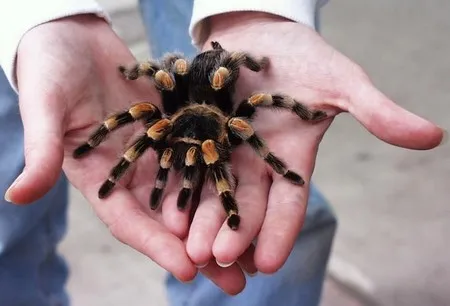
Preventative care is essential for your tarantula’s health. Maintain a clean enclosure, remove uneaten food promptly, and provide fresh water. Monitor the temperature and humidity levels to ensure they are within the correct range for your species. Quarantine new tarantulas before introducing them to other animals. Provide a varied and nutritious diet, including gut-loaded insects. Regularly inspect your tarantula for any signs of illness or injury, such as lethargy, loss of appetite, or unusual behaviors. Routine preventative care will help to reduce the risk of health problems.
Cleaning and Maintenance
Regular cleaning and maintenance of the enclosure are essential. Spot-clean the enclosure weekly, removing any uneaten food, feces, and shed exoskeletons. Replace the substrate entirely every 6-12 months, or more frequently if needed. Disinfect the enclosure with a reptile-safe disinfectant during the substrate replacement. Regularly check and adjust the temperature and humidity levels. Ensure the water dish is clean and always has fresh water available. A clean and well-maintained enclosure promotes a healthy and stress-free environment for your tarantula and it makes for easier monitoring.
Conclusion
Caring for a tarantula can be a rewarding experience. By understanding their needs, providing a suitable habitat, and practicing proper handling and maintenance, you can ensure your tarantula thrives. This guide provides a comprehensive introduction to tarantula care, giving you a strong foundation of knowledge. Always remember to research the specific species you choose and to consult with experienced tarantula keepers for advice and support. With a bit of effort, you can create a thriving and long-lasting relationship with these amazing creatures. Enjoy the unique experience of owning a tarantula and the wonder they bring!
